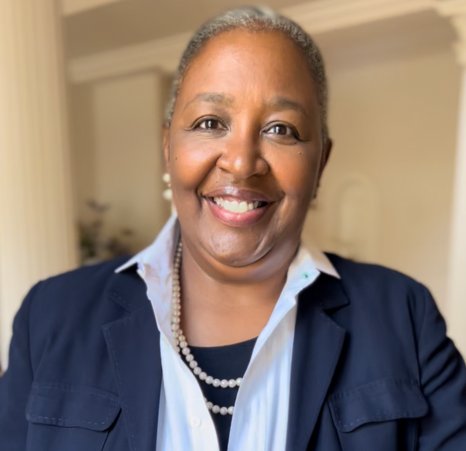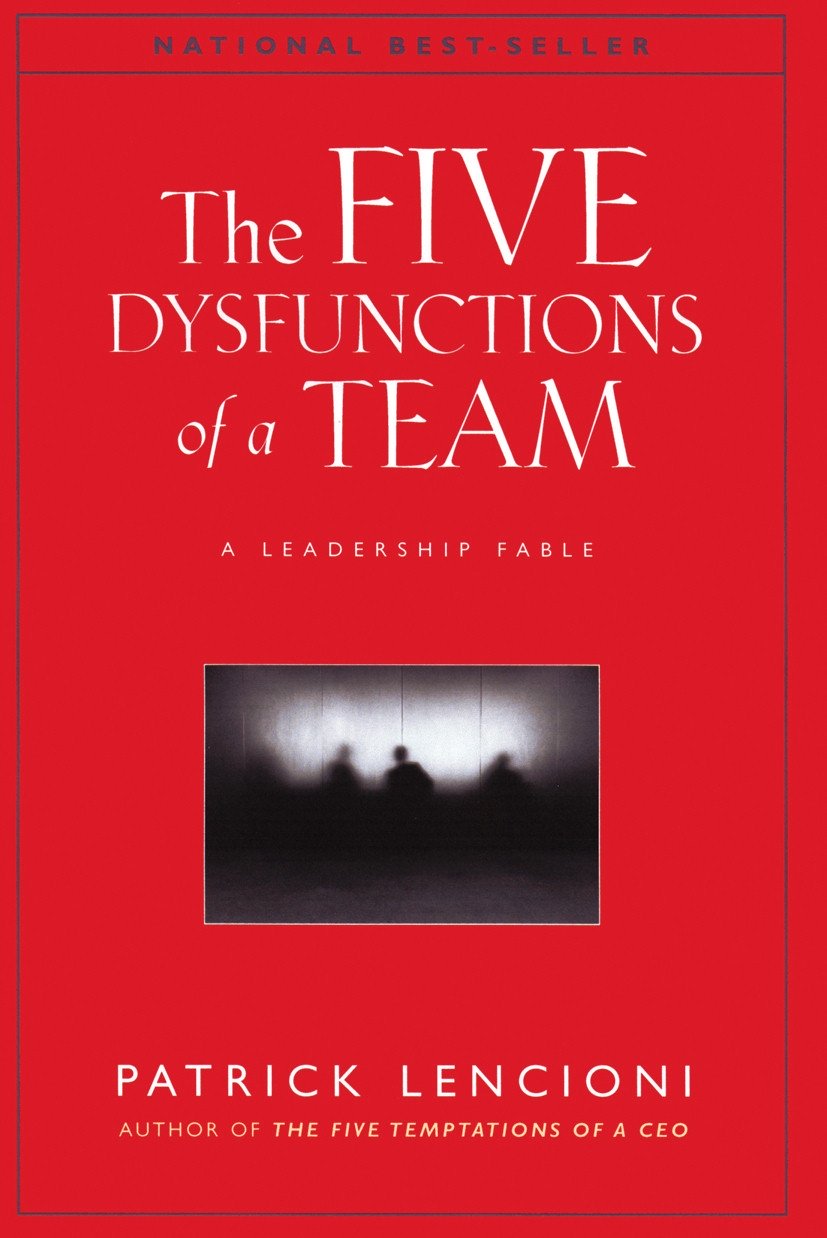Leading A Diverse Workforce
Leading a diverse workforce has become increasingly complex. Three major trends have resulted in increased diversity in the workplace:
- Competitve Global Environment
- Changing Demographics
- Increasing Resistance for Individuals to "Fit In"
Successful leaders tap into the power of the total workforce. They do this by leading and managing the diverse individuals within their workplace.
Managing Diversity
Managing diversity is the ability to deal well with all kinds of people. It includes supporting fair treatment for all within the workplace.
I believe that you "lead people and manage processes." Therefore, as it relates to diversity, you must ensure the processes for recruiting a diverse workforce is applied equitably for all. These processes include selecting, recruiting, on-boarding and even engaging a diverse workforce.
Even when you are successful in hiring diversity, it is another thing altogether to get a diverse workforce to work well together.
Leading Diversity
Leading a diverse workforce is about unleashing the power in diversity, getting a group of individuals with diverse skills, talents and styles to work well together.
It is not about trying to get everyone to assimilate and be the same. But it is about helping individuals work well together to achieve mutually beneficial goals.
It is called Inclusion. I believe it is founded on the premise that we are all valuable and bring something to the table.

Diversity & Inclusion
Although the workforce is diverse, many leaders are not tapping into the potential that resides therein because they do not understand the power of inclusion.
Think about the members of your team. In what way are you keeping them in a box, focusing on what they cannot do instead of what they can do?
Not only are you cheating them, you are cheating yourself as well. Just imagine how much farther you and your team could be if you would just let them contribute to the degree that they can?
Competitive Global Environment
Increased competition on a global level means that your potential customer base has changed. As such, companies who know how to met the needs of global customers will maintain a competitive edge compared to those who do not change to meet the times.
Changing Demographics
The changing demographics mean that companies must adjust to customers to keep them coming back again and again. It also means that the population is increaslingly diverse as it relates to ethnic groups, language, religion and age.
Celebrate Individuality
The tendency to celebrate one's individuality means prospective employees are less willing to "fit in" or assimilate. Instead, they tend to look for a company culture that fits them versus one that requires them to adjust to fit it.
Leading A Diverse Workforce
Stephen Covey, in his book The 8th Habit, states that "you can never succeed with stockholders until you first succeed in the marketplace, and you can never succeed in the marketplace until you first succeed in the workplace."
Want To Know More?
- Leading A Diverse Workforce (PowerPoint)
- Diversity At Work Series
- Leadership & Diversity
- Contact Coach Gwen
- Go to Home.
Improve Your Relationship with Your Boss
Are you looking to improve your relationship with your boss? If so, the Boss Relationship Worksheet will help you better understand and communicate more effectively with your immediate supervisor.
To download your copy, submit your information on the form below.
After completing the Boss Relationship Worksheet, you will find that the following will prove helpful in showing you how to cultivate a better working relationship with your boss:
 |
I published my first book and I am beyond excited.
Get your FREE copy of Called to Lead!
ORDER PRINT HERE
Leaders don't
create
followers.
Leaders
create
other
leaders.
- Tom Peters













